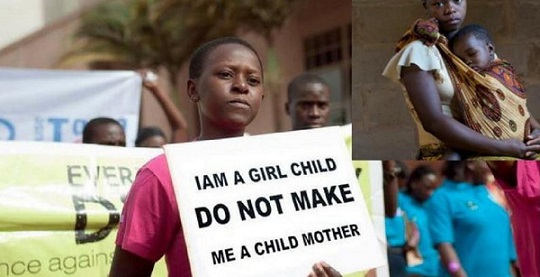Child marriage prevalence in Ghana currently stands at 19 percent, according to the United Nations Population Fund (UNFPA).
The East Mamprusi Municipality has the highest number of child marriages, with 3,334 children given away for marriage, followed by the Tamale Metropolis, which has 3,318 cases.
Other municipalities with significant numbers include the Sagnarigu Municipality, with 2,826 cases; the West Mamprusi Municipality, with 2,521; and Gushegu Municipality, with 2,395.
Namumba North Municipality has reported 2,277 cases, while Karaga has 2,047, Savelugu Municipal has 2,005, Yendi Municipal has 1,819, and Central Gonja Municipal has 1,763 cases.
Although the prevalence of child marriage in Ghana was as high as 39 percent in 1983, it has decreased to the current figure of 19 percent.
In the West and Central Africa regions, Niger has the highest prevalence of child marriage at 76 percent, while Cape Verde has the lowest at 18 percent.
Child marriage is a formal marriage or informal union involving individuals under the age of 18.
While addressing the National House of Chiefs in Kumasi, Dr. Doris Mawusi Aglobitse, Programme Specialist and Gender Team Lead at the UNFPA-Ghana Office, stated that child marriage is more prevalent in rural areas, among poorer households, and among those with little or no education.
She stated that they aim to reduce Ghana’s child marriage prevalence from 18 percent to 12 percent by 2030.
For his part, Dr. Wilfred Ochan, Country Director for UNFPA, expressed his enthusiasm about collaborating with the National House of Chiefs and other stakeholders to collectively reduce prevalence rates.
He emphasized the importance of engaging with these key partners and assured that they will continue to work together to enhance efforts aimed at decreasing the number of cases.

